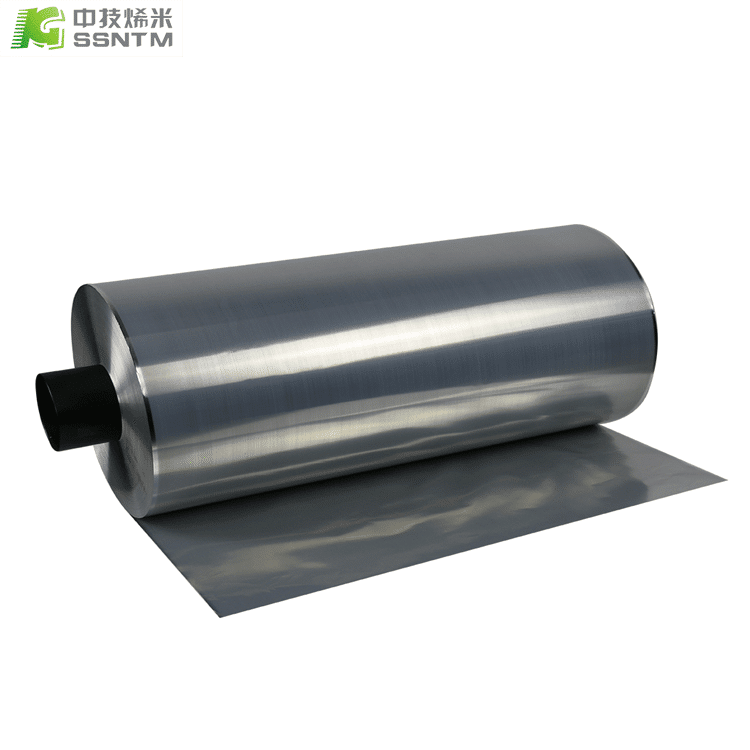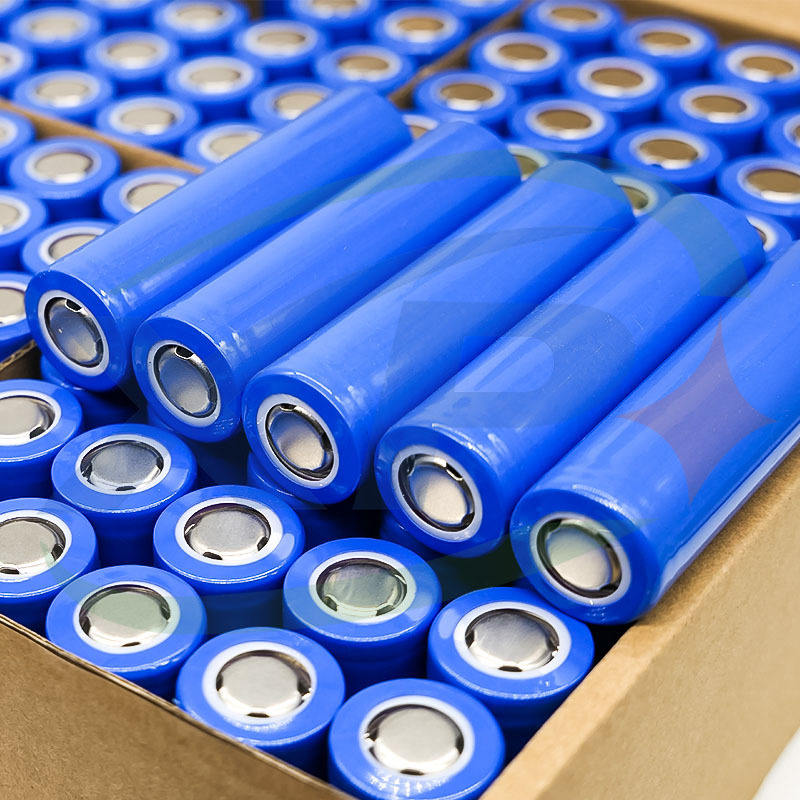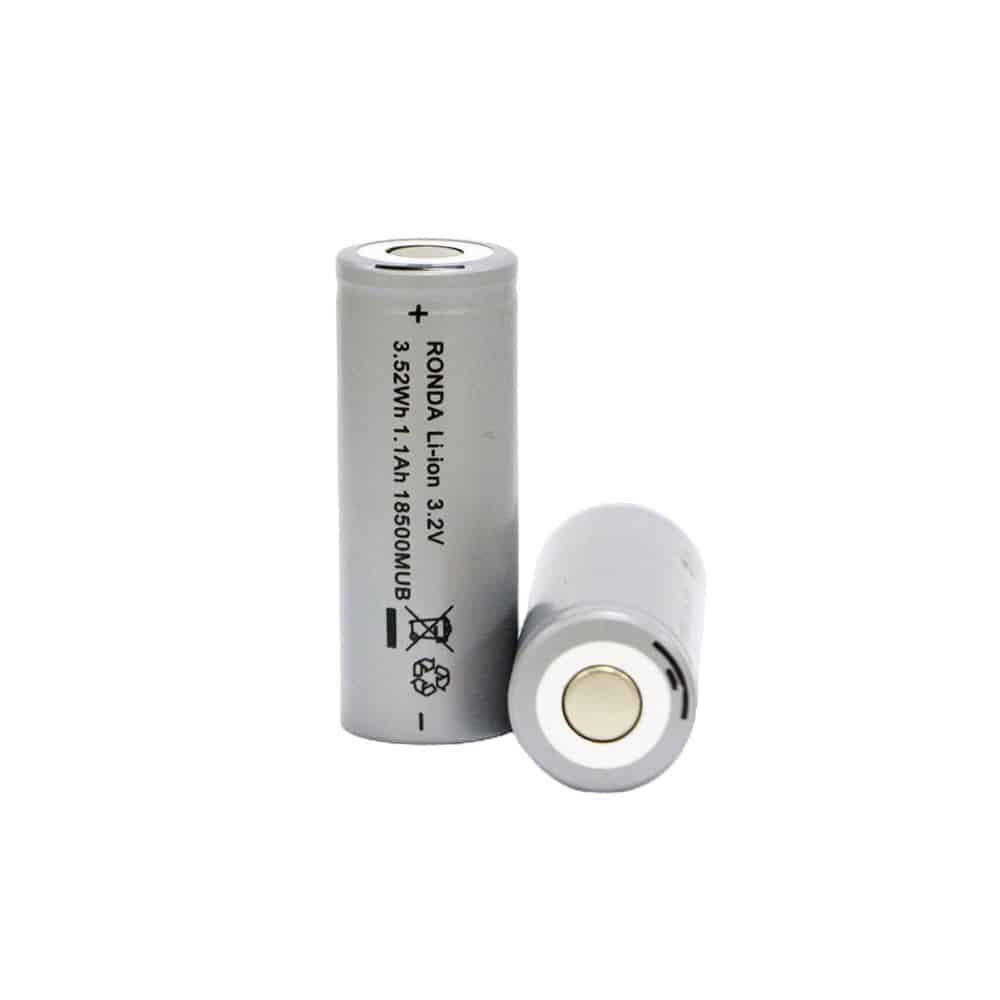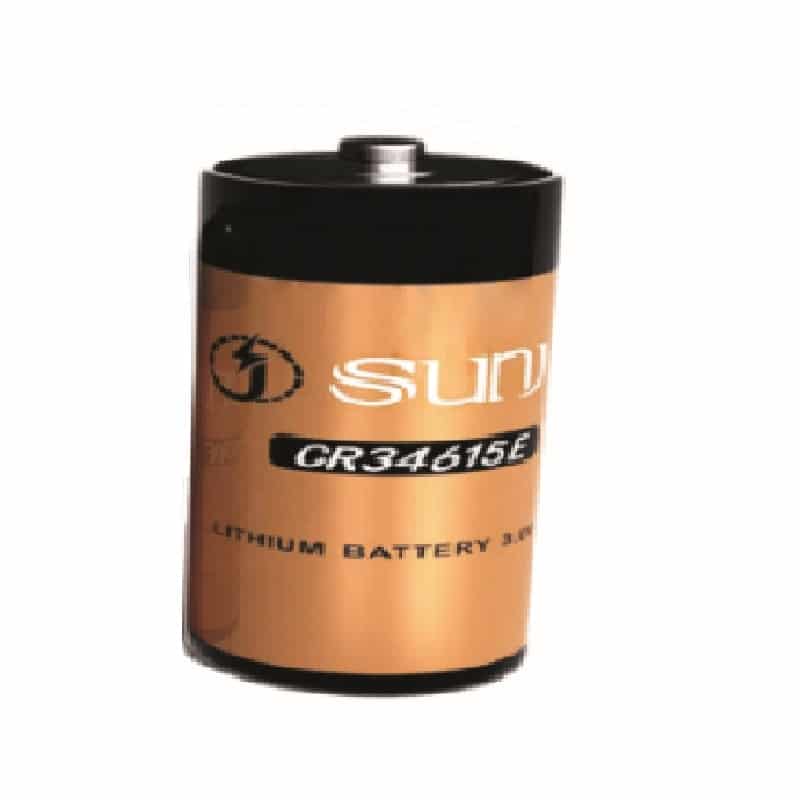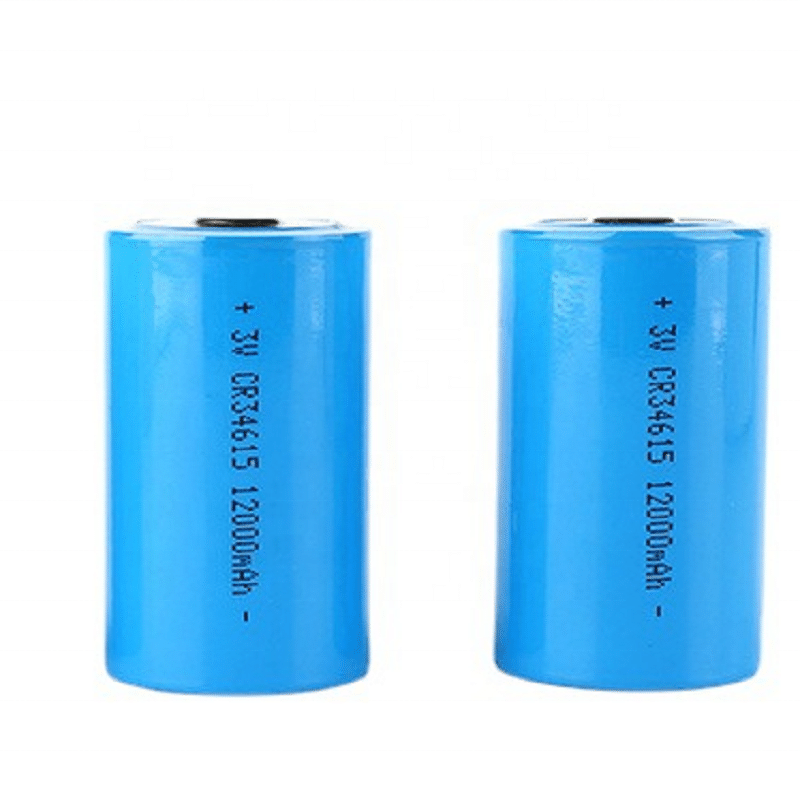In an electric motor, the collector is a component that plays a crucial role in the operation of the motor. It is also known as a commutator. The main function of the collector in an electric motor is to transfer electric power from the stationary part of the motor to the rotating part of the motor.
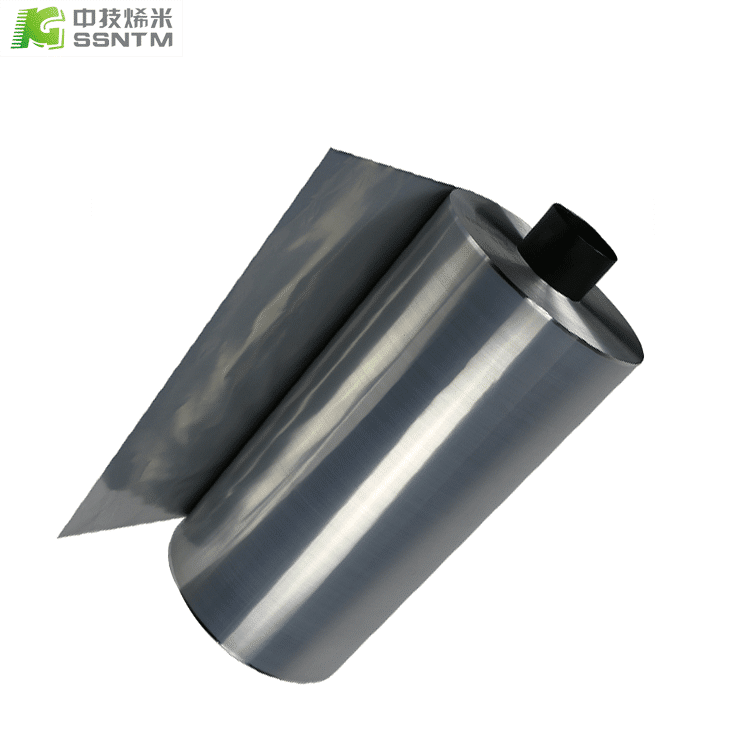
The collector consists of a set of copper or graphite contact strips or segments mounted around the circumference of the rotor. These segments are connected to the different windings of the rotor. The collector comes in contact with brushes that are connected to the stationary part of the motor called the stator.
As the rotor rotates, the brushes maintain contact with the segments on the collector, which allows for the transfer of electrical power to the rotating part of the motor. This results in the generation of a magnetic field, which induces a mechanical force that turns the rotor, thereby powering the motor.
The collector in an electric motor also plays a role in reversing the direction of the rotor’s rotation. In a DC motor, the brushes change the polarity of the current supplied to the rotor windings each time they make contact with the different segments of the collector. This results in the commutation of the motor, which causes the rotor to rotate in the opposite direction.
Overall, the collector in an electric motor is a crucial component that enables the transfer of electrical power, allows for the generation of a magnetic field, and facilitates the rotation of the rotor, which powers the motor.

